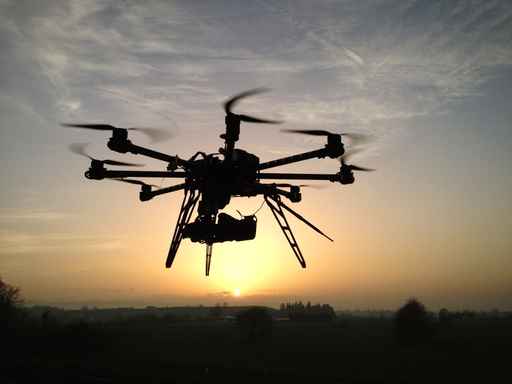Cyber attacks, reckless pilots and privacy breaches are fundamental threats to the drone industry’s success, viability and risk management, according to a new Lloyd’s report.
Dubbed “Drones Take Flight, the report describes the drones sector as a “dynamic and important” part of global aviation, with global spending on acquisitions expected to double to $91 billion from 2014 to 2024. The report cautions, however, that drone manufactures and uses must address concerns about safety, security and surveillance while using the technology.
Lloyd’s highlights five fundamental risks that it says could harm the sector’s future growth.
Privacy infringement is cited as the most significant concern, as well as drone operator carelessness and “the vulnerability of the drones themselves to cyber attacks.”
The regulatory environment also gets singled out in the report, because of the evolving landscape and lack of regulatory harmonization internationally. What’s more, with the drone industry growing both rapidly and unevenly depending on the region, regulators struggle to assert themselves over drone use without technology that would let them track and monitor use, the report said.
To allow for insurance of drones operating in busy airspace, there will also have to be effective airspace control and collision avoidance technology, according to the report.
With these conditions in mind, Lloyd’s predicted that insurers will seek the most risk mitigation action from drone operators themselves. Possible actions could include training, accreditation, stronger cyber security and also the completion of privacy impact assessments, according to the report.
Nick Beecroft, Lloyd’s Manager of Emerging Risk & Research, noted in prepared remarks that drones have “significant” potential, but remain a “controversial, emerging technology.”
“As the market for drones continues to grow, so does the interaction of risk exposures,” Beecroft said. “Manufacturers, operators and regulators will need to work together, on a global basis, to understand exposures and ensure this technology is used safely and responsibly.”
Source: Lloyd’s of London





















 Berkshire Hathaway Enters Post-Buffett Era as Share Prices Fall
Berkshire Hathaway Enters Post-Buffett Era as Share Prices Fall  How Insurers Can Avoid Post-Merger Technology Failure
How Insurers Can Avoid Post-Merger Technology Failure  Artificial Intelligence Is Rewriting the Rules for Commercial Lines
Artificial Intelligence Is Rewriting the Rules for Commercial Lines  Executives on the Move at Liberty Mutual, Cowbell, W. R. Berkley
Executives on the Move at Liberty Mutual, Cowbell, W. R. Berkley 














